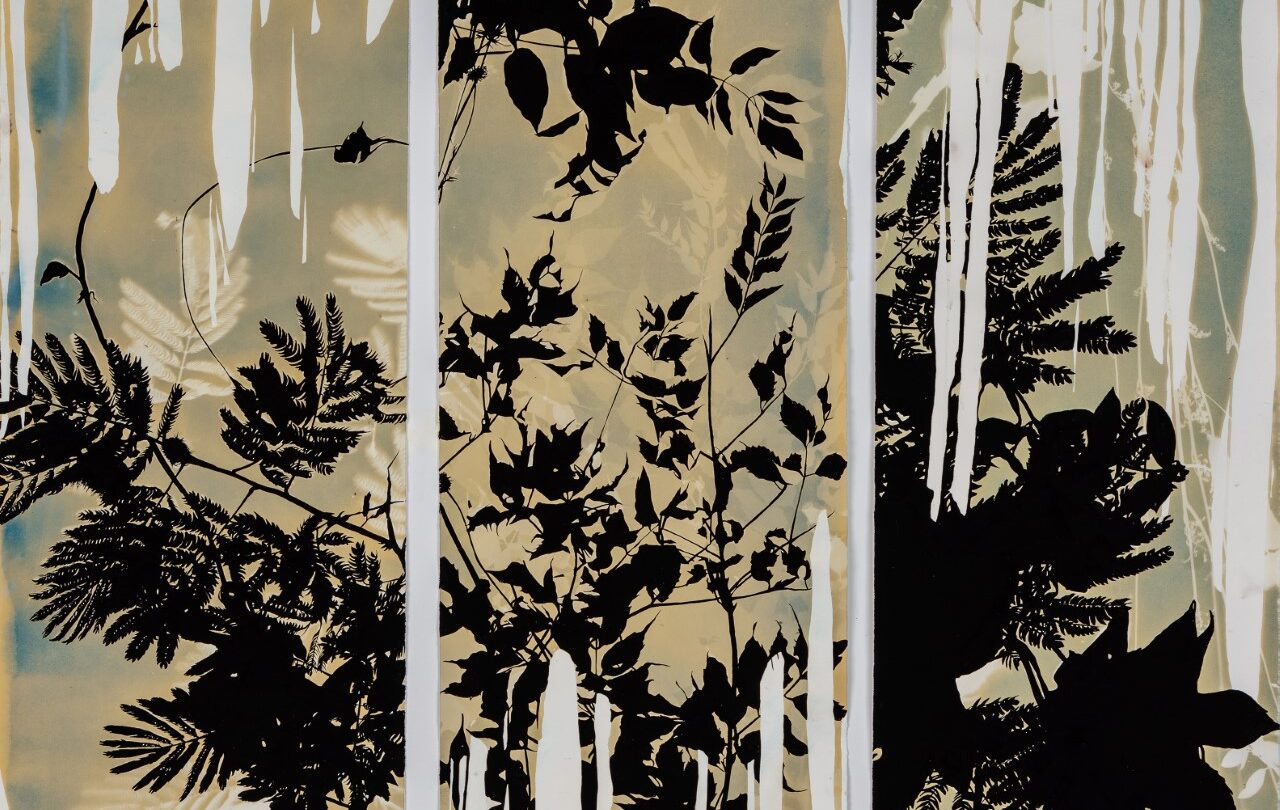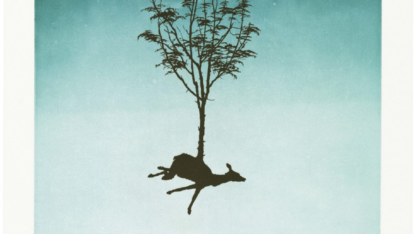'The Nature of Reality' exhibit conspires with nature to contemplate mutual interdependence

The “Nature of Reality” exhibition on view at Atlanta’s Spalding Nix Fine Art Gallery features works by artists exploring the state of the natural world and our relationship to it. Featured Atlanta-based artist Caroline Bullock joined “City Lights” host Lois Reitzes via Zoom along with gallerist Spalding Nix to talk about the new artwork on display and its theme.
Interview highlights:
Photography examining nature through varied lenses:
“We are in the midst of ‘Atlanta Celebrates Photography,’ and this time each year we devote a show to photographers here in the Southeast and we love artists who take a medium like photography and use it in surprising and unexpected ways,” said Nix. “Caroline Bullock, Jennifer McKinnon, Cecilia Montalvo and Charlie McCullers —all Atlanta-based artists — [are] all using photography in a way that I think art lovers everywhere would be excited by and also looking at our relationship with nature at this pivotal time in our history.”
“The scale of our current state of things is so immense that it’s really hard to even start a conversation about how to address climate change, and I think that art is such a great jumping-off place for these discussions. For this show, we have four artists who are all looking at the environment and some of them, like Jennifer McKinnon, in a very pointed way at our effects on the environment,” Nix said. “She takes photographs of dumpster walls and then layers those photographs to make images that remind you of the ocean, and her whole idea is ‘Don’t treat the ocean like a dumpster…’ I just think that’s so wonderful, and only art can do that.”
Caroline Bullock on artwork facilitated by nature and gravity:
“The work begins as a cyanotype … one of the earliest photographs, and it is a direct contact print that’s most often made outside with sunlight. And what I do in my work is I coat watercolor or print-making paper with a light-sensitive emulsion, and then it’s dried in a dark room much like film, and then I take it outside and expose it to sunlight with all these local plant materials that I have collected around town, always from the side of the road,” Bullock explained. “I’ve always been looking to elevate kind of the mundane, and I find a lot of beauty in things that we would consider maybe not traditionally beautiful. So I’m looking at a lot of the plants like kudzu and thistle and wisteria and mimosa, and a lot of these are considered invasive species but I think that they’re really extraordinary plants in terms of their lines and their leaves.”
She continued, “Then I can make the painting on top of the print, and what the final print is is kind of this chaotic landscape of plants and vines and leaves. And then in the paintings, I am using an additive process to pour paint onto the surface of the paper, and then I kind of will manipulate the paper a little bit to let it run, and then I’m dropping colors in and I’m letting them mix however they might, and then I’m letting the forms kind of just emerge from … gravity.”
On Bullock’s “Psychic Garden” collection at the nexus of science and spirituality:
“I knew I wanted to create sort of this metaphorical ‘garden’ of work for the gallery, and I was creating this series of pieces. So I was just looking up different types of gardens and I stumbled upon what I read as a ‘psychic garden’ and I thought, ‘Oh my gosh, that’s fascinating,'” recounted Bullock. “I had misread ‘physic garden’ as ‘psychic garden,’ and so then of course I learned all about a physic garden, and a physic garden is one of the earliest types of herb gardens for medicinal plants … What I loved about the play on that was that these physic gardens were created to nurture us from a physical level with plants and to heal us from a physical perspective with plant life, whereas for me, a psychic garden is, the power of nature I see is, also to inspire and heal us from a psychological, spiritual perspective.”
“I’m very interested in trying to understand reality, and so my work is definitely a visual record of that journey and that exploration and those questions that I have when I’m able to be outside and observe nature and understand seasonality and impermanence, and how everything is interconnected and interdependent. It helps me understand my place in the universe,” said Bullock.
“The Nature of Reality” is on view at Spalding Nix Fine Art Gallery through Nov. 11. More information is available at www.spaldingnixfineart.com/show/spalding-nix-fine-art-the-nature-of-reality.








